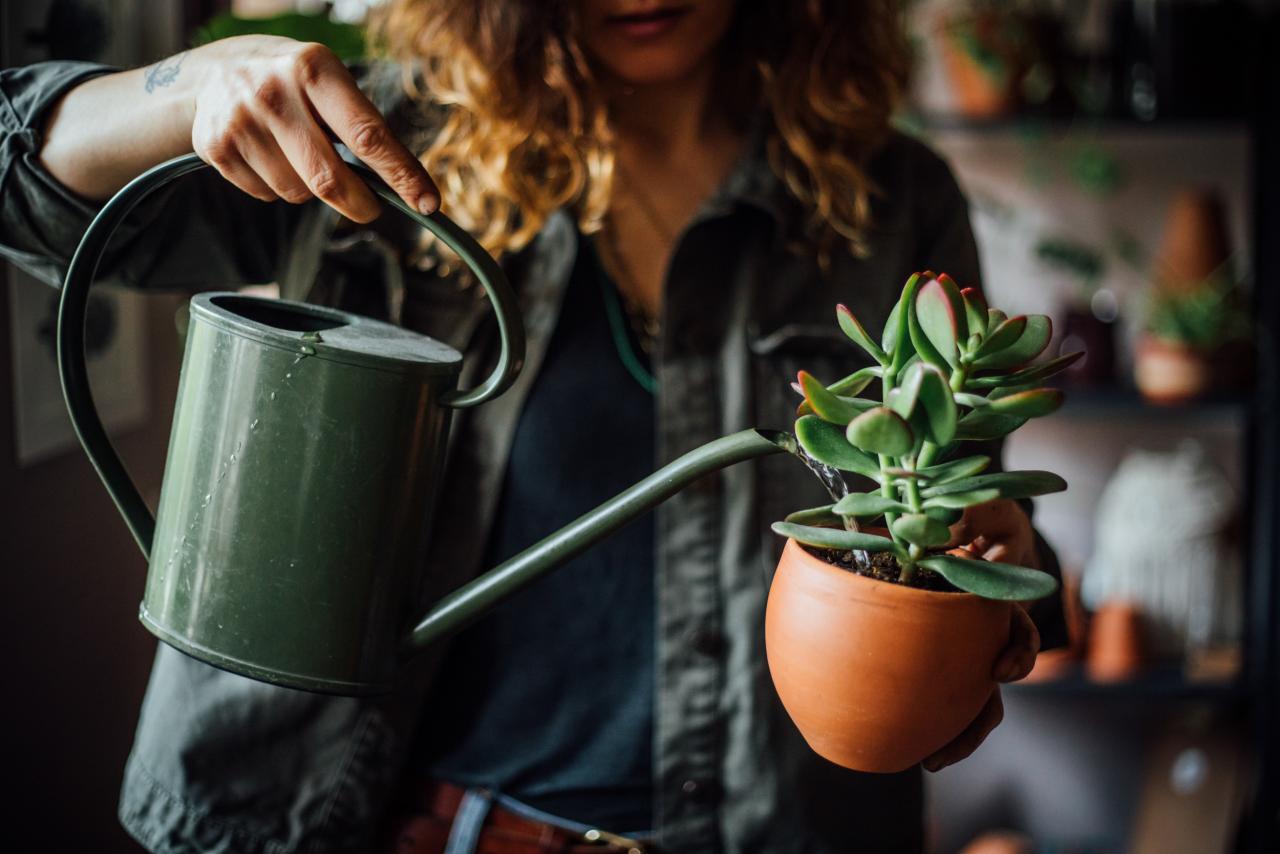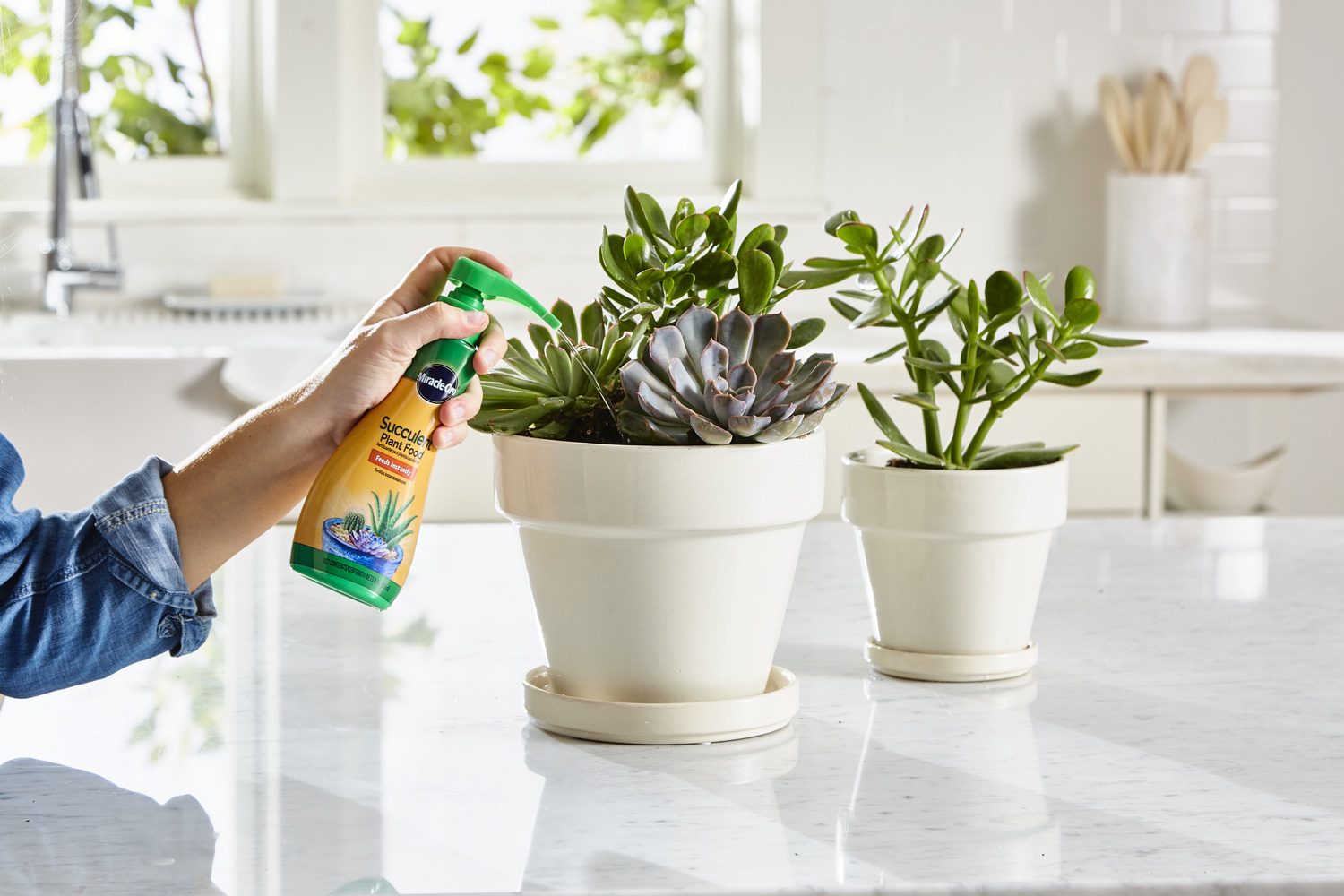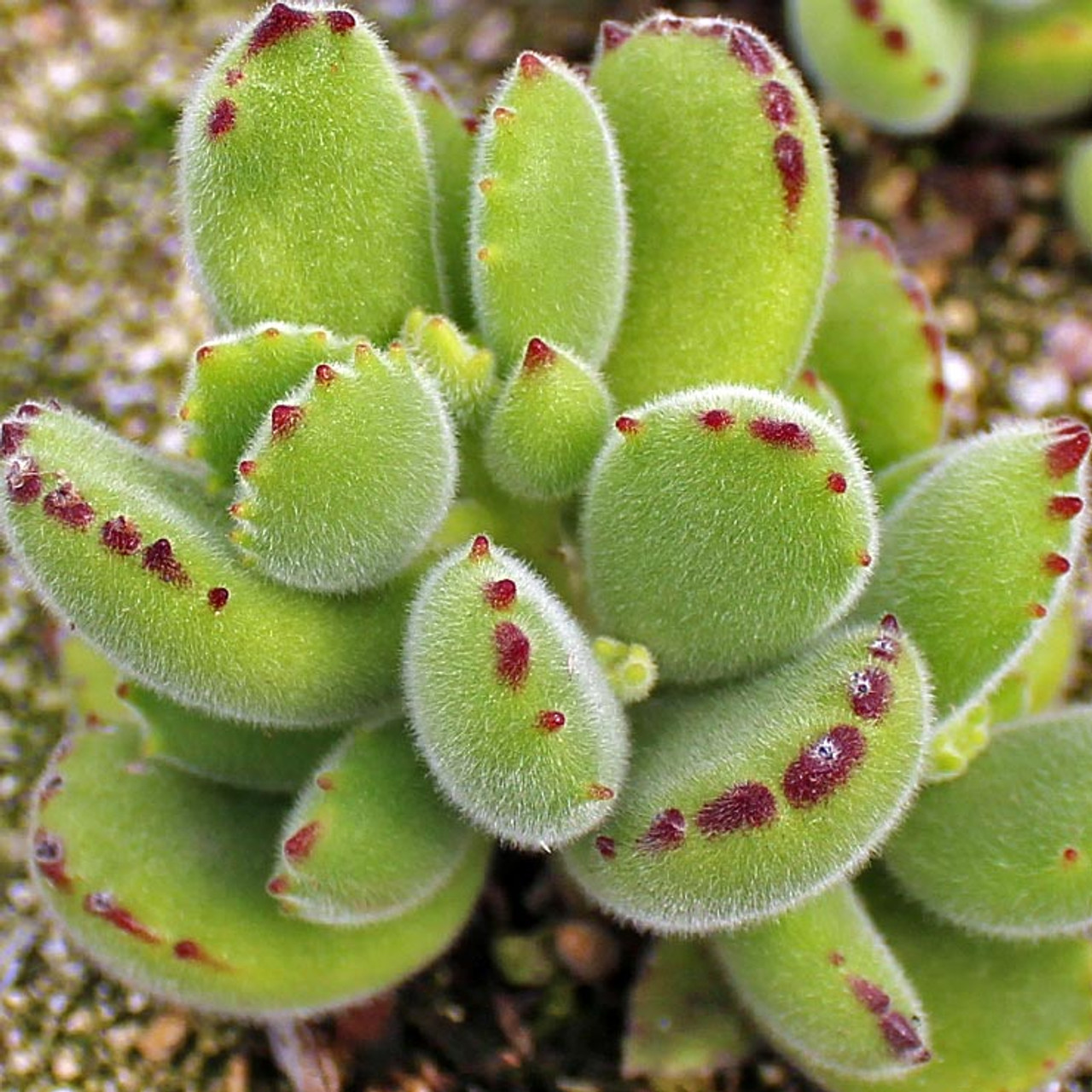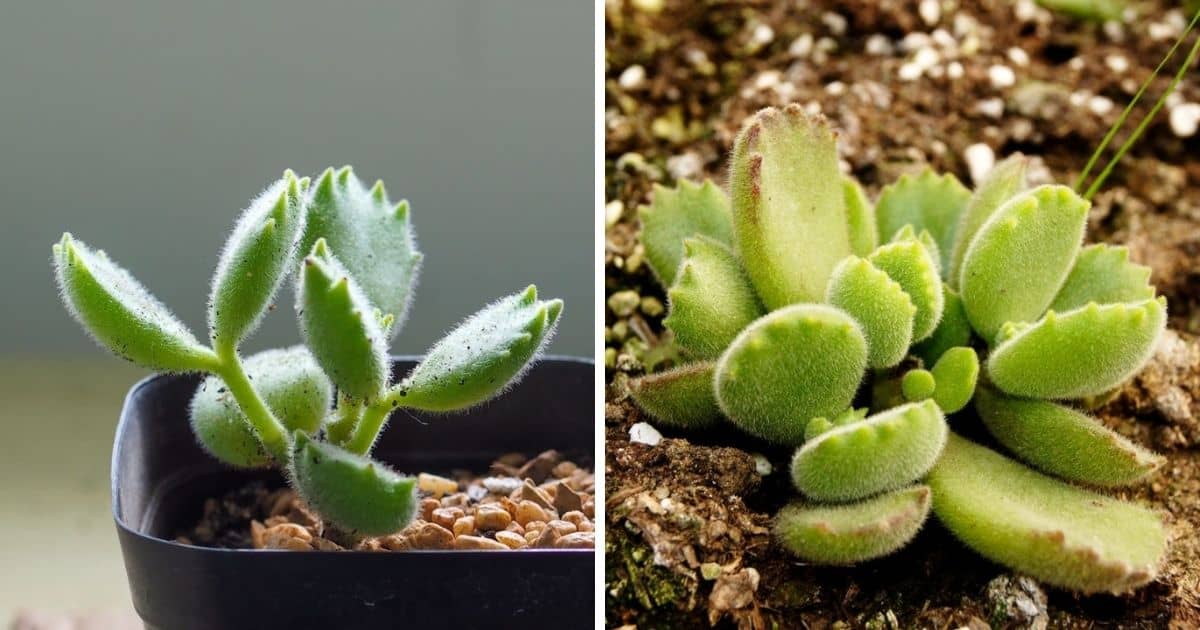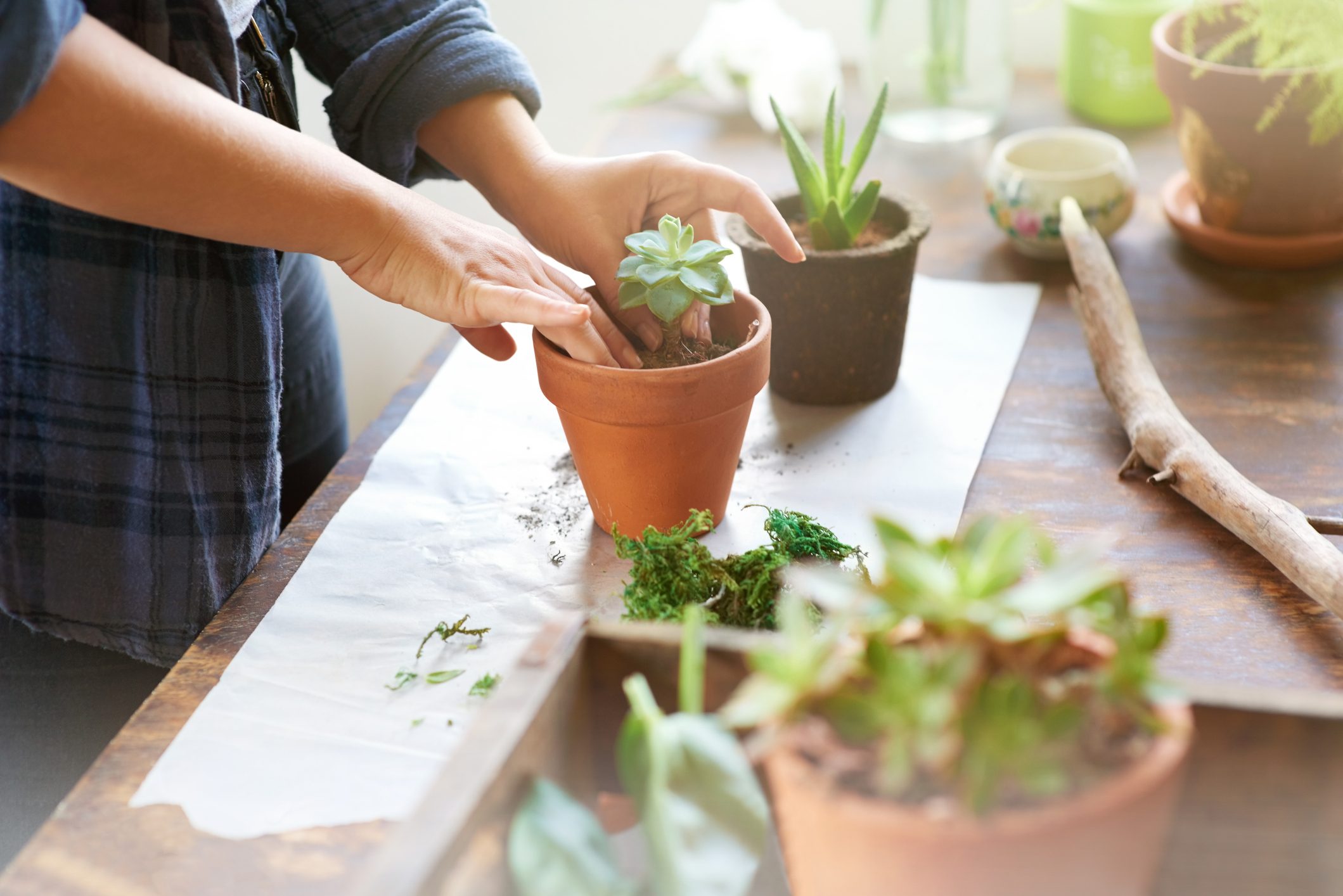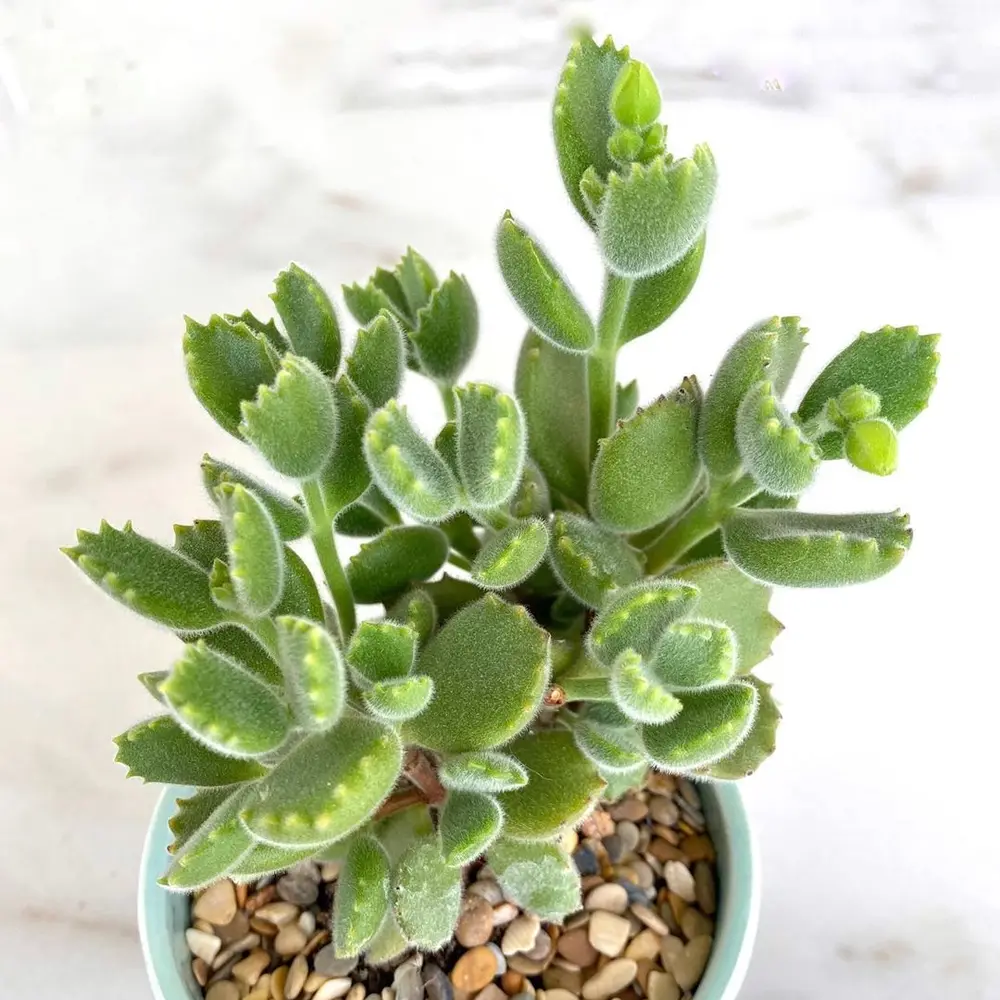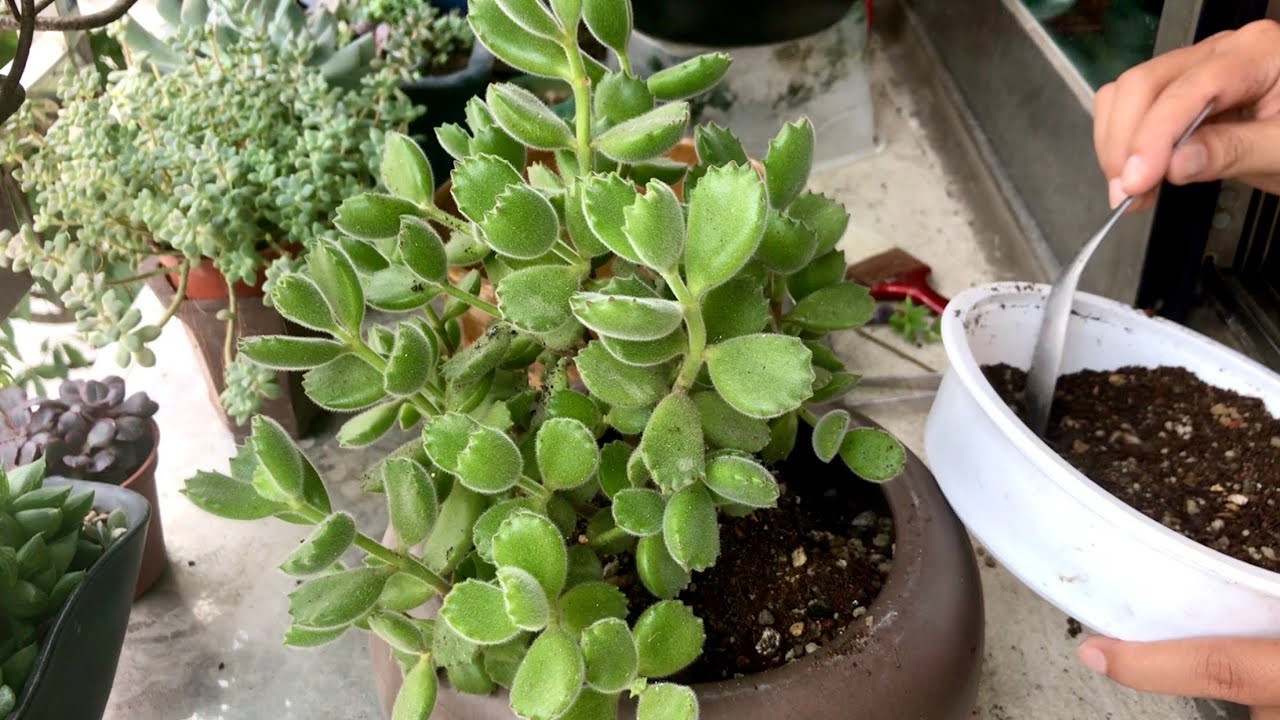The most popular succulent is bearpaw cactus because it looks so adorable among the family of cactus. The leaves are green and the peculiar is thick. At the edge of the leaves, there are some red-toothed edges. It is small and unique, those are the reason why everyone wants to get this plant.
The height of this plant is only about 30 centimeters. It’s easy to take care of and grow in a small pot. During spring, the cactus will have a beautiful flower that resembles a bell. Since it’s fragile, you have to know how to grow and care for the plant. Here is some information that will help you to know more.
Tips to Grow and Care Bearpaw Cactus
1. Watering
Bear paw cactus watering must be careful. Like any other succulents, bearpaw will have a long life if their root has some amount of water. However, there should not have excessive water. So, make sure the pot to place this succulent has a hole to flow the water to the ground.
Watering during summer
The best time to water this succulent is during summer. Summer creates the water in the soil of bearpaw cactus evaporates easily. Watering the succulents regularly will help them to have moist soil. For a mini paw, you only need about 50-75 ml. For the big paw, the water can be 200-300 ml.
Watering during winter
It’s different during the winter season. Most succulents including bearpaw cactus will be in a dormant period. Watering the succulent with much water is useless. You only need to water them once a week. The soil must dry out after that, or the root will be rotten.
Also read: Sansevieria Moonshine
2. Feeding
If you are staying in a cold climate, this succulent doesn’t need a lot of feeding during that climate. The dormant period will make the fertilization process useless. It is wasting the fertilizer since the plant is not active. You only need some water for the soil.
The fertilization takes place during the day with a lot of sun exposure such as in spring and summer. Whether it’s a small or big plant, this succulent doesn’t need a lot of fertilizer. The best one for the bearpaw cactus is the water-soluble fertilizer, so there will not be excessive fertilizer on the soil.
3. The proper place to grow
Indoors
Bearpaw can be a house plant it’s ideal to put next to the window. Although it’s a succulent, the plant needs proper exposure to sunlight every day to make sure it grows well. Not only that, the indoor place should be bright even in the evening because it needs indirect light all day.
Outdoors
For the garden place, the perfect one is under a shady place. It is bright with sun exposure, but it’s less getting some rainwater on a rainy day. This cactus is fragile and overwatering because the rain will damage the plant.
Also read: Red Sister Plant
4. Soil needs
The soil for bearpaw cactus must be well-draining soil. It’s not as loose as sand, but it should throw away the excess water during watering. The sticky soil-like flay will only make the succulent rot, starting from the root. You might need formula soil which is available at the market.
Another option for the soil is by mixing the soil with coarse or perlite. It’s easy to find everywhere and affordable. Before plating the cactus, you have to check the pH of the soil first. It should be above 6 and under 8. Larger pH will be a factor why this succulent doesn’t have significant growth.
5. Propagating the paw
Cutting the paw
The first and very popular way to propagate is bear paw succulent cutting. It’s easy because you only have to cut about 15 centimeters from the main plant. After that, you have to remove the leaves. It will grow under warm nuance, indoor or outdoor, in just a few days.
Taking the leaves
Another way to propagate the plant is by propagating from the leaves. This method is not as simple as cutting, but you don’t have to be afraid of growth. The leaves on the soil will be callous in a few days. Make sure the soil is well-draining.
6. Light and Temperature
The bearpaw cactus needs sun exposure for about four to five hours a day. Without sun exposure, the leaves will be yellowish or they are going to be in a dormant period. The best place to put the plant is outdoors under the shade or indoors next to the window.
There is no particular temperature to grow bearpaw plants. As long as it is not too hot or more than 45°C, the plant is doing well. If the temperature is below 5°C, the cactus will be dormant until the temperature bar is rising again.
Also read: Ficus Elastica Tineke
Common Problem to Grow Bearpaw Cactus
1. Pest
The pests that are coming to cactus are cochineal. They will attack the leaves part, so you have to make sure that you will do the inspection regularly. The common effect of pests is the leaves have silver hair and will get worse if you don’t pick the cochineal.
Other pests that keep coming to attack bearpaw cactus are spider mites, scale, and mealybugs. They are staying at the base of the leaves or stem. Removing them using an alcohol cotton swab will protect the leaves and kill the pests immediately. Do it quickly after you notice it.
2. Overwatered
This succulent live well without too much water. Overwatered will only bait fungi and end up with the plant having fungal diseases. The sign of overwatered is the hobble leaves are collapsing from time to time. The root of the plant will be rotten too.
3. Cold hardiness
Cold temperatures below 5°C will bait the succulent into unhealthy conditions. The zone to grow this plant is 9b to 11b. If the winter is coming, you have to bring the succulent indoors. After that, treat the plant as a houseplant. Bring the plant again after the summer season comes.
Bearpaw cactus is an adorable plant. Growing and caring for this plant is not difficult as long as you don’t water the plant much and know how to treat them differently in summer and winter. It grows well independently and beautifully in a big or small pot.
